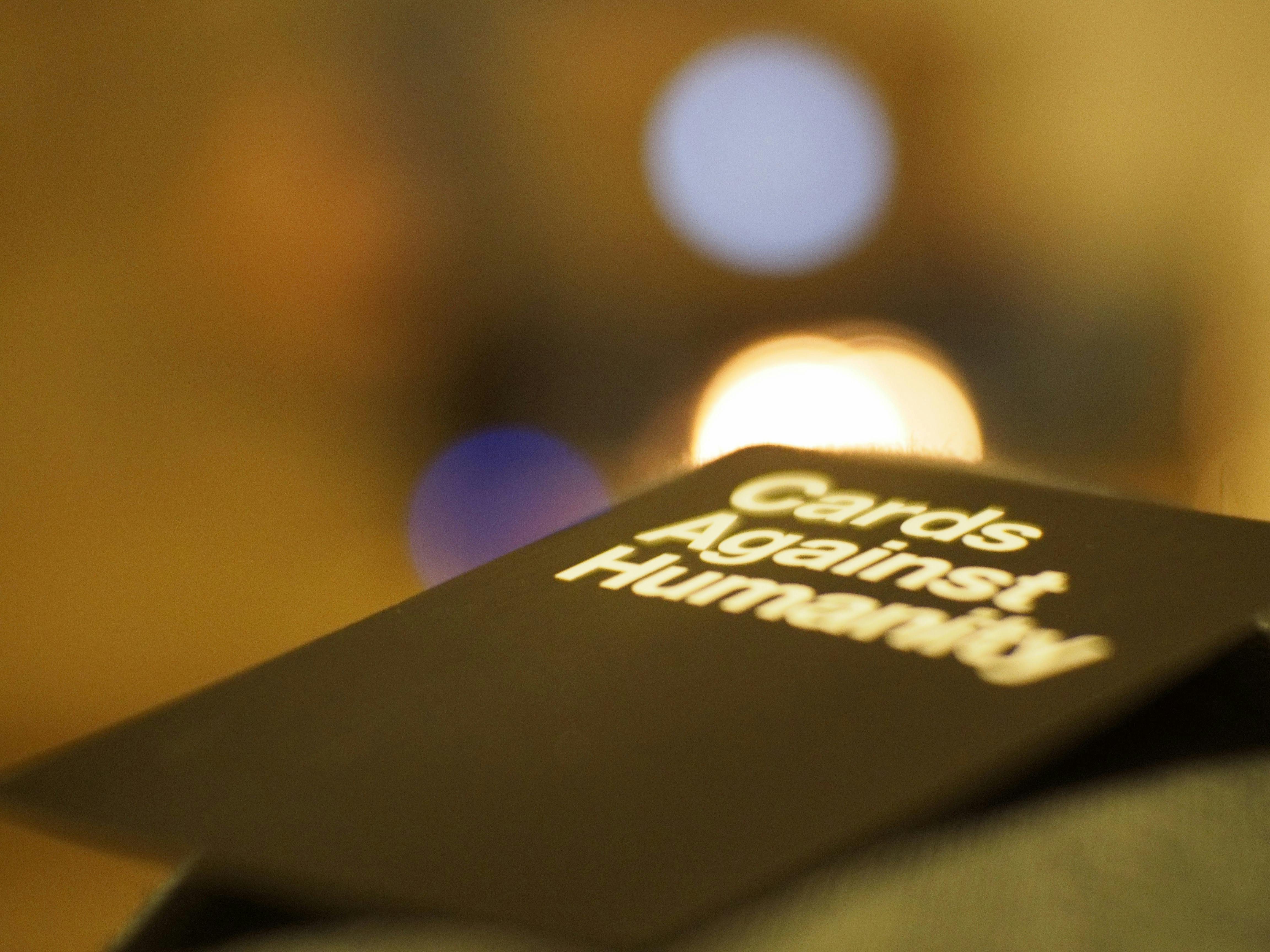The history of the Hebrew people in Egypt is told in the Old Testament and the Passover Haggadah, mainly in regards to the miracles that were performed to achieve their escape from slavery: the miracles of the “Ten Plagues” and of Moses dividing the Red Sea during the Exodus. The saga of the Hebrew-Israelites in Egypt begins with Joseph, sold by his ten older brothers, angered by his arrogance, to itinerant Ismailis, who resell him as a slave in Egypt. Through his skills in dream interpretation and later executive administration, Joseph is finally appointed vizier (second in authority) to Pharaoh, and by forcing grain hoarding for seven bountiful years (building storage cities), saves to Egypt, to the entire Middle East. and the Hebrews from famine. (Extrabiblical source, “It was during the reign of Djoser that Egypt became a great power … great riches … accumulated … grain sold … years of famine …”) Joseph then brings his brothers and father plus their families (in total seventy) to Egypt, where the Hebrews’ stay in Egypt begins. Centuries later, a pharaoh “who did not know Joseph”, concerned that his high birth rate could become a threat, enslaves them, then institutes the drowning of baby boys, and begins the chapter of Moses.
There are many extra-biblical Egyptian references that give credence to the above story:
- Slaves building monuments in Egypt – Papyrus, Leiden # 348, “Distribute grain to the Habirus (or Apiru – Hebrews) who carry stones to the great pylon of Ramses”, wall paintings indicate starving men with prominent spawned ribs.)
- An Austrian excavation of dwellings and tombs in Tel-ed-Daba, Egypt, in 1989, uncovered ancient cities near Goshen. Data from 800 drill cores gave evidence of large numbers of non-Egyptian Asian slaves; Eleven levels at the site indicate many generations during the Egyptian twelfth and thirteenth dynasties {compatible in length and time period with the Biblical story of the Hebrew stay as slaves in Egypt}:
- The Brooklyn Papyrus 35.1446, tells of the reign of Pharaoh Sobekhotep, containing more than 95 names of slaves, more than half are Semitic, seven are biblical names {including the name of one of the two midwives named in the Bible, “Shiphrah”},
- In direct accordance with the Bible {the slaughter of Hebrew baby boys – the infant Moses is saved by the Egyptian princess} was the discovery of Unusual demographics on burials in Tel-ed-Daba: 65% of graves were of babies under 18 months, compared to a normal percentage of 20-30%. Furthermore, there were many more graves of adult females than males (according to the killing of male infants at birth);
- The historians of the era of 300 a. C., Eusebies and Artapanus, with ancient records from the library of Alexandria, speak of Mouses {Moses}, an Egyptian prince who led a military campaign against Ethiopia. The Roman historian, Josephus, and a stela fragment in the British Museum indicate that such an event occurred during the reign of the pharaoh Khenepres-Sobekhotep. Also supporting the story of Moses’ military campaign was a statue of Sobekhotep {stepfather of Moses} found on the island of Argo, showing that Egyptian conquest and authority extended 200 kilometers from Egypt. Egyptian historians wrote that Mouses’ fame caused Sobekhotep to attack him {causing him to flee Egypt to Midian; as in the history of the Bible, however, the Bible and the Jewish Haggadah say that the cause was that Moses killed an Egyptian slaver who was beating a Hebrew};
- The Pharaoh of the Exodus is identified as King Dudimose, 36th ruler of the 13th Dynasty. {The Bible describes it as, “Pharaoh who did not know Joseph”}.
- M. Bietek, in his excavation at Tel ed-Baba, dating from the mid-14th Dynasty, found shallow mass graves throughout the city of Avaris, clear evidence of some kind of major and widespread sudden catastrophe {not unlike of what would result from a biblical “Tenth Plague”, the death of all the firstborn}. Furthermore, the archeology of the site suggests that the remaining population had left their homes rapidly and en masse;
- Extra-biblical source information from Josephus, a Jewish-born Roman historian, who assisted Titus in his conquest of Jerusalem in AD 67, and then received the Temple Scrolls as a reward, quotes Monetho, an Egyptian priest, circa 300 to. C., with respect to the “easy” conquest of mighty Egypt by the Hyksos. {Bible: Egypt’s loss of its entire army of 600 chariots and charioteers in the Red Sea seems a reasonable explanation}.
- A very important extra-biblical source of details corroborating many of the accounts of the ten plagues and the events of the Exodus from both the Bible and the Hebrew Passover Haggadah is the Ipuwer – Leiden 344 Papyrus Scroll. Found in Egypt early in the century XIX. century, it was taken to the Leiden Museum in Holland where it remains. Described in many books on ancient Egypt, it is a papyrus scroll over three and a half meters long, called “Ipuwer Warnings”. It was written during the 19th Dynasty (the Middle Kingdom period) by a scribe / historian named Ipuwer, and interpreted in 1909 by AH Gardiner. The scroll describes violent events in Egypt that seem to parallel the biblical ten plagues and the Exodus story; It seems like a description of a society in total crisis, providing, in essence, an eyewitness account of extreme and unusual events:
- “What the forefathers had predicted has come to pass”, (Imhotep / Joseph, approximately 260 years earlier, had predicted the exodus of the Hebrews from Egypt). {Gen. 50: 24-26}
- “We don’t know what happened on earth.”
- “The river is blood .. there is blood everywhere, the dead are not lacking .. many dead are buried in the river .. there is a lack of grain, coal .. trees are cut down .. there is a lack of food .. a lot of hunger and suffering”. {The first plague};
- “destruction of grain” {The plague of hail or locusts};
- “animals groaning and roaming freely”;
- “darkness” {The ninth plague};
- Deaths of the “sons of princes, prisoners, brothers” {The tenth plague, death of all the firstborn};
- “The end of what was seen yesterday. Look now, the land is deprived of royalty. Look, all the ranks, they are not in place … like a herd that wanders without a shepherd.”
- “Poor … they have become … of wealth … Gold and lapis lazuli, silver and malachite, carnelian and bronze are hung from the necks of slave girls.” {“… and they asked the Egyptians for articles of silver and gold. And God made the Egyptians favor them and they granted their request.” Ex. 12: 35-36};
- “Look, he who slept without a wife found a noble woman …” there is no more. “(This, written much later, obviously describes the conditions after the loss of the Egyptian army and upper-class male officers. Note: This he also supports the petition of Pharaoh’s “royal” widow, lost in the Red Sea, in a remarkable Amarna Letter to the king of neighboring Hittites, asking that one of her sons become her new husband.



